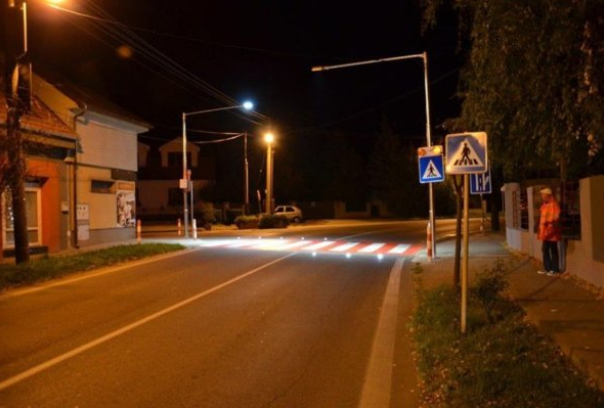Although traveling by road is statistically one of the safest ways to travel by car, it is essential to be careful about unforeseen circumstances and unsafe drivers.
In recent weeks, we have witnessed several highway accidents where high speeds make it difficult to avoid tragic consequences.
Here are some tips to help you make your trip as safe as possible:
Turn on the dipped beam and take off your sunglasses before entering the tunnel. Pay attention to traffic lights and other traffic signs in the tunnel.
Drive at the permitted speed. Keep track of the security devices in the tunnel and places such as emergency exits and SOS phones.
Stop only in case of extreme need and at extensions.
Before traveling on the road and while driving, keep track of the weather forecast and traffic information.
Keep track of messages on traffic info displays on individual sections of highways and notifications of possible detours.
You respect the traffic signage that indicates a detour, as it will take you back to the highway again and towards your desired destination.
When driving on a wind-driven section, strictly observe the variable speed-limiting light signs and maintain a safe distance between vehicles.
When engaging in highway driving, in all cases (tolls, loops, landings), be careful and follow the traffic signs so that you do not find yourself in the opposite direction of any part of the highway.
When driving on a highway, be aware of the possibility of encountering a vehicle moving in the opposite direction, so it is advisable to check the traffic lane ahead of you, in addition to checking vehicles moving behind you.
Keep up to date with traffic information on the road, which will give you timely insights about a possible highway accident on the highway, as well as important messages and tips for safe driving.
Observe obligations and restrictions through light-variable signage and messages on information portals.
If you get traffic information in the opposite direction, reduce the speed to 40 km / h on the section of the highway you are on, and proceed with caution in the right lane without overtaking with all four direction indicators turned on. Stop the vehicle at the first stop along the highway and wait for information on the end of the hazard.
If you have spotted a vehicle traveling in the opposite direction on a highway, report the information immediately to the police.
Only when you are informed that the incident situation has ended do you continue your normal highway journey.
Procedures in the event of a traffic accident
Turn on all four direction indicators and, with extreme caution, stop your vehicle in the stop lane a safe distance. Turn off the engine, stay calm and calm.
Wear a safety reflective vest with reflective tapes and secure the crash site with a safety triangle, if not already done. Notify the police immediately.
Do not move injured persons unless they are in immediate danger of fire or explosion.
Provide first aid to injured persons in a car accident, within your knowledge and ability. Stay on the scene until police arrive.
Highway assistance
In the event of a vehicle breakdown, if there is no possibility of stopping in the parking lot along the highway, stop the vehicle in the stop lane (or SOS extension or resort) just off the edge of the roadway and switch on all four direction indicators.
Have all passengers leave the vehicle on the right and away from the car and lane. Do not stand in the lane!
Wear a reflective vest with reflective material and place a safety triangle at the prescribed distance to mark a stopped vehicle (the recommended distance is 100 meters on the highway).
Whether or not you have a subscription, call the on-the-go help desk.
In case the driver is unable to remove the car from the highway due to a breakdown of the vehicle, a specialist service will be responsible for this.
Keep your distance !!!
Driving too short a safety distance is statistically one of the most common causes of road accidents. Most of this pattern is also related to speeding.
According to the traffic rules of the Law on Traffic Safety (ZOBS), the driver is obliged to keep the vehicle at such a distance from other vehicles in traffic that, given the speed of movement of the vehicle and other traffic circumstances, it does not cause danger and does not interfere with other drivers.
Most drivers drive too close because of their lack of knowledge about the length of their vehicle’s stopping distance about changes in speed and road conditions.
What is a safe distance?
The safety distance is the rule: a driver driving another vehicle in the same lane must drive at a distance not less than the distance traveled by that vehicle in two seconds unless otherwise specified by a traffic sign.
On wet pavements, the distance should be increased to four seconds and in winter conditions to a minimum of 6-8 seconds.
